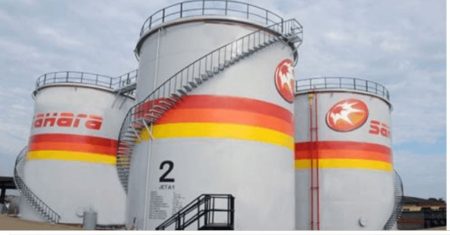Nigeria’s reliance on imported vehicles, particularly from the United States, underscores the country’s underdeveloped automotive manufacturing sector. Between January and June 2025, Nigeria imported $518 million worth of motor vehicles and parts from the US, a figure dominated by passenger cars, which accounted for $379 million or 73% of the total imports. This heavy reliance on fully built vehicles contrasts starkly with neighboring South Africa, which, despite importing a slightly higher overall value ($525 million), focused primarily on vehicle parts ($431 million), highlighting a robust domestic assembly industry. Nigeria’s import composition reveals a dependence on foreign-assembled vehicles, with a meager 20% allocated to parts and a mere 7% to trucks and buses. This reliance on finished goods perpetuates a cycle of capital outflow and hinders the development of local manufacturing capabilities.
A closer look at the data reveals a consistent flow of vehicle imports into Nigeria throughout the first half of 2025. Monthly imports averaged around $86 million, with May and June recording $95 million and $92 million respectively. These two months alone contributed over a third of the total six-month import value. This steady influx, projected to exceed $1 billion by year-end if maintained, further emphasizes the significant demand for foreign vehicles in Nigeria. While passenger car imports saw a slight dip from May to June, the overall trend suggests consistent consumer demand, potentially driven by retail purchases. This consistent demand, despite economic headwinds like inflation and currency depreciation, reveals the persistent appeal of foreign vehicles in the Nigerian market.
South Africa, in contrast, presents a vastly different import profile. The country’s focus on parts importation fuels its well-established automotive assembly plants and supports a network of service providers. This strategy not only fosters local job creation and technology transfer but also contributes to a more sustainable and economically beneficial automotive ecosystem. While Nigeria’s parts imports paled in comparison to South Africa’s, representing a mere quarter of the latter’s value, the substantial difference in passenger car imports—more than six times higher in Nigeria—clearly illustrates the divergent approaches to automotive development in the two countries. South Africa’s significant drop in total imports from May to June, primarily due to a decline in parts shipments, suggests a different demand dynamic, potentially linked to fluctuations in production schedules within its domestic assembly industry.
The Nigerian automotive market’s preference for fully built vehicles has far-reaching implications. The lack of a significant domestic assembly base not only perpetuates dependence on foreign manufacturers but also limits opportunities for local job creation and skills development. This dependence further exacerbates the pressure on foreign exchange reserves, as a significant portion of capital flows out of the country to purchase finished vehicles. Moreover, the limited local production capacity restricts the development of a robust automotive parts ecosystem, hindering the growth of ancillary industries and further solidifying the reliance on foreign suppliers.
The relatively small import value of trucks and buses ($35 million) belies their crucial role in Nigeria’s economy. These vehicles are essential for logistics, construction, and public transportation, sectors vital for economic growth and development. Strengthening the domestic capacity to assemble or manufacture these vehicles could significantly benefit these critical sectors and contribute to broader economic stability. Addressing the challenges in the Nigerian automotive sector requires a multi-pronged approach, including policies that incentivize local assembly, promote technology transfer, and develop a skilled workforce. Overcoming these hurdles is essential for fostering a sustainable and competitive automotive industry in Nigeria.
Furthermore, the impact of economic factors on vehicle imports is evident in the observed trends. Rising inflation and currency depreciation in 2024 led to a decline in passenger car imports compared to the previous year, reflecting the sensitivity of the market to economic pressures. This highlights the vulnerability of a consumption-driven market reliant on imports, particularly when faced with unfavorable economic conditions. While the 2024 decline followed a surge in imports in 2023, the subsequent drop underscores the importance of developing a more resilient automotive sector that can withstand economic fluctuations and contribute to sustainable economic growth. Developing local manufacturing capacity would not only reduce reliance on foreign currency for vehicle purchases but also create a more stable and less volatile automotive market.














